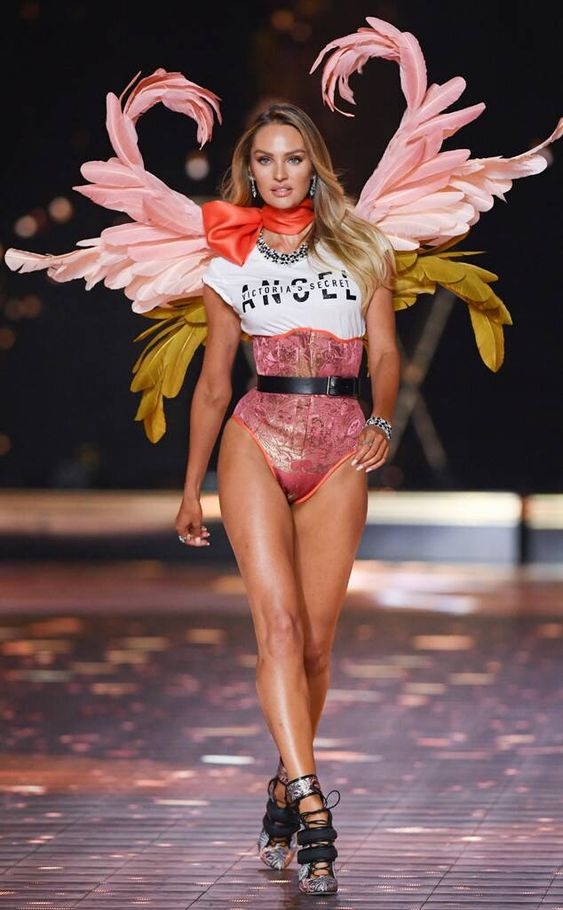A hairy wolf’s head that doubles as a shoulder bag glowers from a wall at Jordan Betten’s studio in West Chelsea. Striking it may be, but it’s not for sale, said Mr. Betten, the 41-year-old founder of Lost Art, a leather goods company that caters pretty much exclusively to fashion and rock royalty.
Also on view in the loft that is both studio and home to Mr. Betten and Sun Bae, his wife and collaborator, is a crocodile cape fashioned for Rihanna; a python bag commissioned for Lenny Kravitz; and a Sєxy ᴀssortment of the woven leather jackets, capes, vests, flared trousers and suede ʙικιɴιs that draw a steady stream of customers to the modest upstairs space.
But what you won’t see, except in a handful of pH๏τographs, is evidence of Mr. Betten’s latest and arguably most eye-catching commission: the leather angel wings that Candice Swanepoel modeled on the Victoria’s Secret runway in New York earlier this month.
Those wings won’t see the light of day again until Ms. Swanepoel fans them out when the Victoria’s Secret show is broadcast on CBS on Dec. 8. Even then, not many fans will be aware that they are viewing Mr. Betten’s handiwork.
“For a lot of the work we do, we’re not credited,” the designer said. Indeed, in the show’s program notes, Lost Art appears as a footnote, in a font so small it may best be read with a jeweler’s loupe.
Is Mr. Betten resentful? Not so much, it seems. In an industry that thrives on hype and self-promotion, he remains an outlier — one in a diminishing tribe of artisans working, mostly unsung, in hidden pockets all around the city — by chance or design, one of the style world’s best-kept secrets.
True, fashion insiders are well acquainted with his luxuriously rustic output. A fashion model turned bag designer, he made his runway debut as a designer more than a decade ago, when Anna Sui asked him to whip up some rocker-style jackets and trousers for her show.
He later collaborated with Thierry Mugler and Francisco Costa of Calvin Klein; and his work has been showcased in French and Italian Vogue, W and Elle.
“I’ve never had a P.R. person,” Mr. Betten all but bragged. “We’re not doing seasonal fashion shows, because we can’t afford it.”
Nor are his wares sold in stores. “As far as retail is concerned, we haven’t been able to make it work and keep our artistic cool,” he said.
But word of mouth has thus far secured him the kind of deep-pocketed customers able to spring for, say, an $11,000 python jumpsuit or a vest made from a $2,000 animal skin.
His clients, walking billboards for his one-of-a-kind pieces, have a hand in the design process, selecting skins from Mr. Betten’s artfully culled collection and consulting with him on color, fit and style.
His use of animal hides may raise eyebrows, but Mr. Betten attempts to sidestep controversy, saying simply that he treats every skin with love and respect. He tries to honor his conviction that, as he puts it, “leather’s got soul” by weaving, lacing and whipsтιтching every skin by hand.
There is, in fact, no sign of a sewing machine in his loft. The only visible appliances are an old enamel stove and, tucked beneath his bed, a dusty-looking exercise machine.